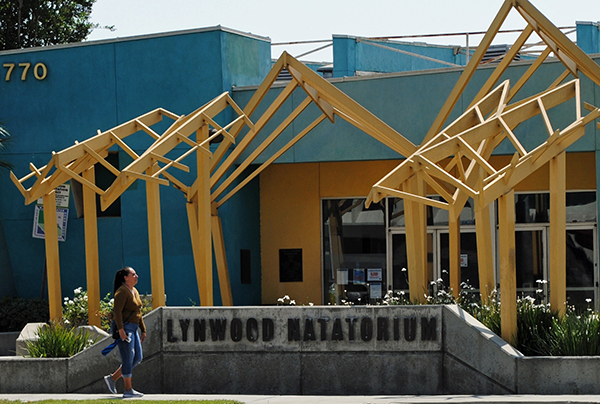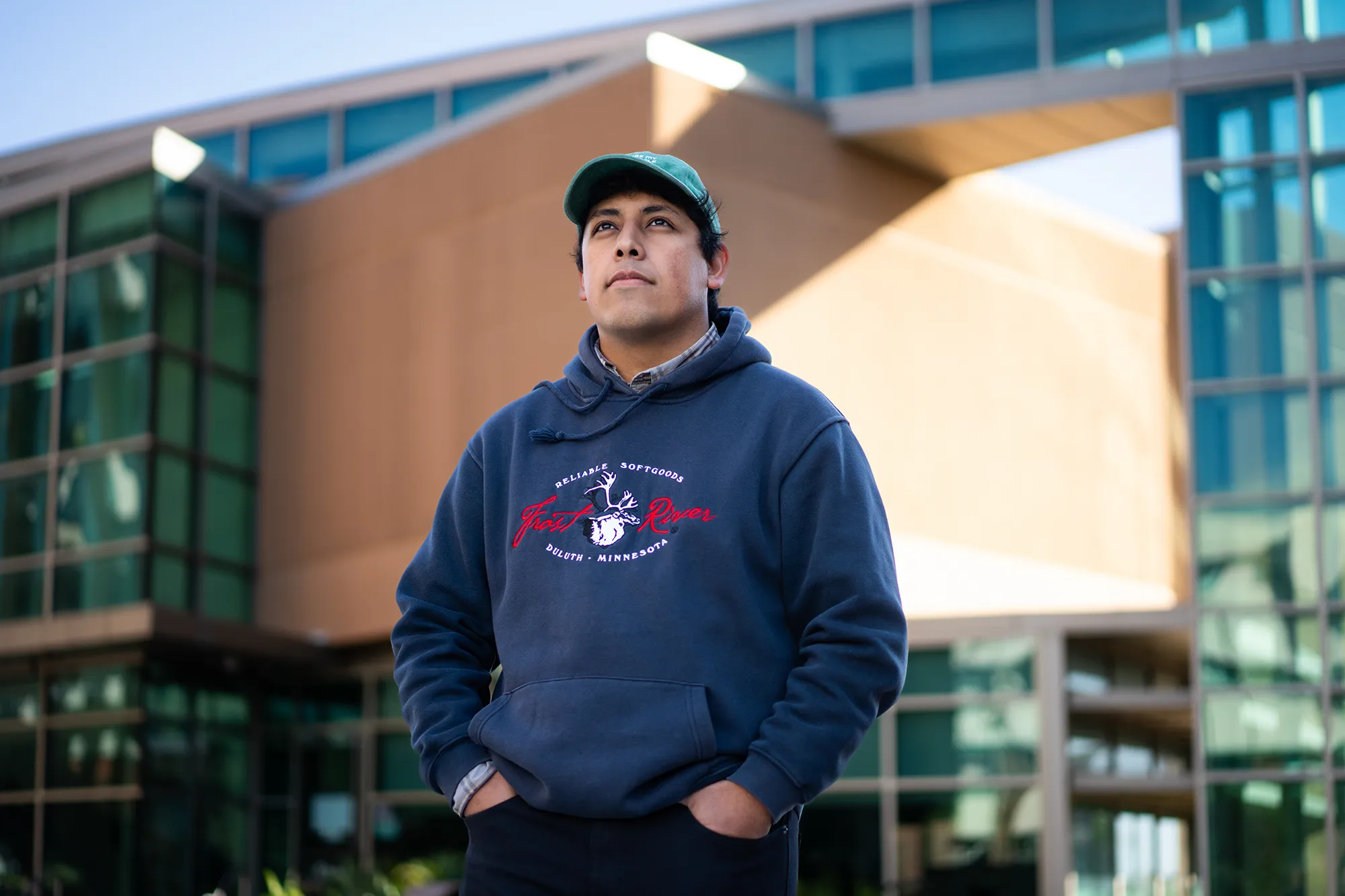By Alfredo Santana
Contributing Writer
LYNWOOD — The City Council has approved a $5 million emergency expenditure to renovate the city’s swimming pool.
The Lynwood Natatorium was deemed unfit for reopening until portions of the roof, plumbing and loose tiles are removed and replaced.
The facility, located at 3770 Martin Luther King Jr. Blvd., requires upgrades and repairs to its electrical systems, entry and exit doors to make them safer, and thorough inspection for cracks and leakages of the 50-meter long swimming pool.
Presented with three financial options, the City Council voted for Option A April 5.
The Natatorium is nearly 68 years old, and according to a document prepared for the council by Public Works Director Thomas Thornton and Director of Recreation and Community Services Mark Flores, the facility has deteriorated to a point where it is not feasible to open to the public.”
Restoring the unsafe facility also would include upgrades to the sewer system connected to the pool and the bathrooms.
The entire building would get a fresh coat of paint and undergo a redesign of the current south patio, replacing its walls with a decorative fence.
Assembly Speaker Anthony Rendon helped secure a $1.5 million grant from the state to conduct the emergency improvements. The remaining $3.5 million is allocated from 2019 funds obtained from leasing city properties.
City Manager Ernie Hernandez said the pool restoration projects will be divided in two phases, one that would permit the facility to reopen this summer, and the second to continue renewing the building to recoup its integrity and be available for long-term use.
“One is the bottom line. The goal is so we can provide the resources to reopening this summer, and [to] finish repairs after the summer season is over,” Hernandez said.
Bathroom fixtures and damaged stalls would be detached and replaced with new ones, while engineers would evaluate the facility’s structural integrity as faulty areas are discovered and improvements get done.
Citing two state codes that provide emergency action powers, the council delegated authority to the city manager to act immediately in hiring contractors, purchasing supplies and obtaining equipment and services to do the restorations.
The measure allows the city to temporarily bridge the requirement to post notices for competitive bids to interested contractors.
Following Public Contract Code section 22050(c)(1), the city council must renew the emergency action at each regular meeting if the repairs have not been completed, and have four of the five members vote for it until the emergency is called off.
On April 19, acting City Engineer Mir Fattahi and special projects manager Lorry Hempe wrote to the council that “the conditions necessitating the emergency actions continue to exist. The emergency renovations and repairs have not been completed.”
WeatherWeld, a Rancho Cucamonga company engaged in roof repair and replacement at commercial and public buildings, inspected the Natatorium roof on Feb. 8 and recommended installing vents to relieve moisture from an indoor pool and install a new external roof with reflecting coating.
Michael Jones, WeatherWeld representative in charge of preparing the roof conditions report, rated the roof and field seams poor, while grading walls, drains and counter flashings as fair.
The Natatorium’s roof system has three types, with one out of code built on the right side lower surface that consists of a roof installed on top of another that should be removed.
“Due to the building’s construction and the fact there is a pool underneath the roof deck, moisture is present all the time,” Jones said. “It is recommended to install moisture relief vents across the entire roof area to ensure that the roof system is dry throughout its life cycle.”
It is unclear whether the roof repairs are slated before the facility is ready for summer reopening, or they may start when the busy pool season is over.
Option A offers a flexible approach that permits improvements targeting reopening this summer, while it gives staff more time to search for additional programs that can involve overhaul with federal infrastructure money and the state’s Proposition 68.
Option B outlined the need for a full renovation with projected costs from $8 to $20 million, and Option C called for the removal of damaged walls, closing and securing the facility for $300,000.
“We are buying time,” Hernandez said. “This option A allows us to at least open the facility and get a good few years out of it while we then try to get different funds to go with Option B.”












